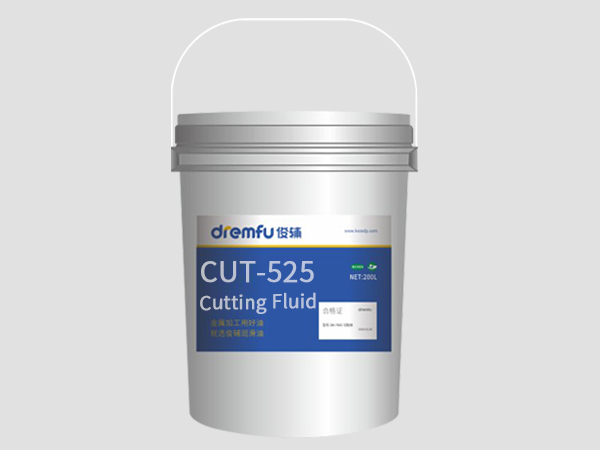

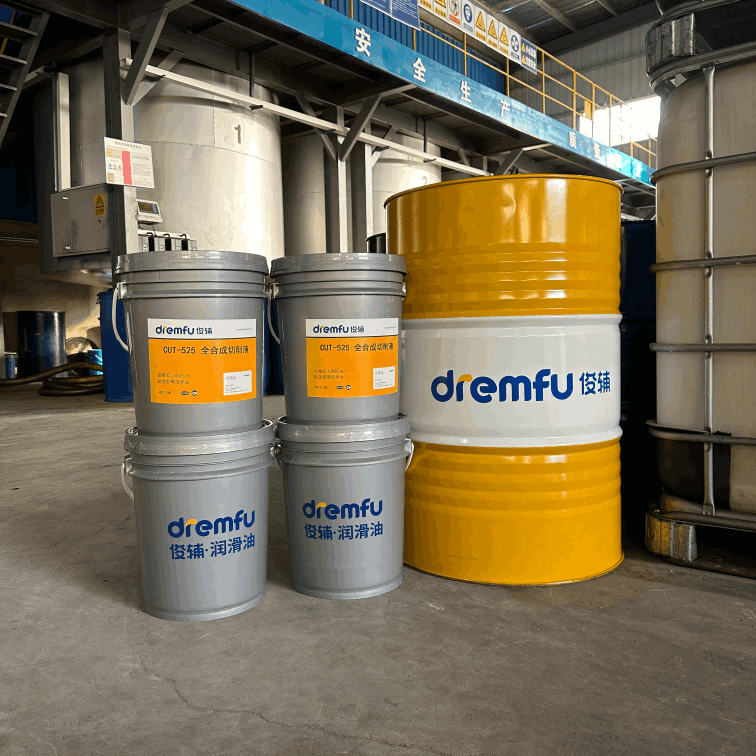
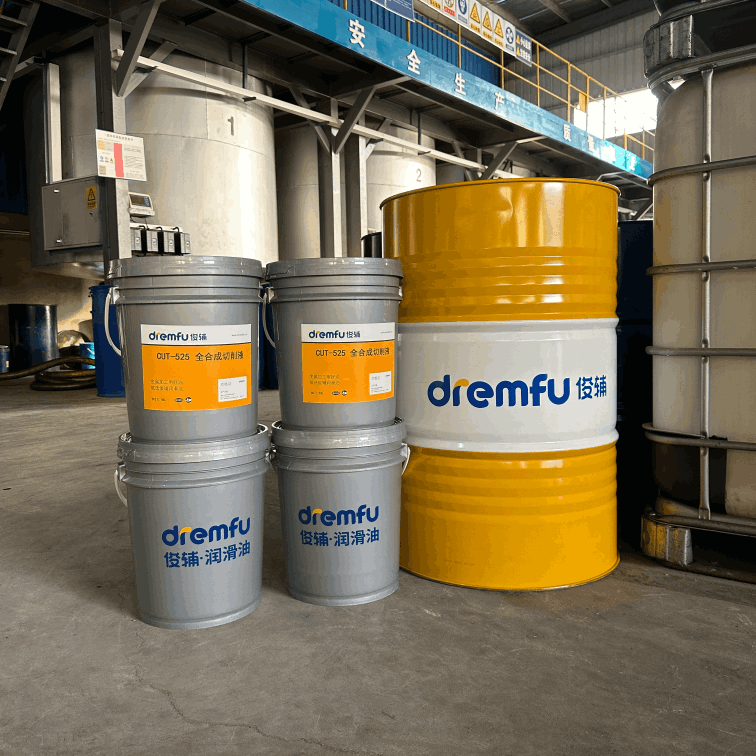
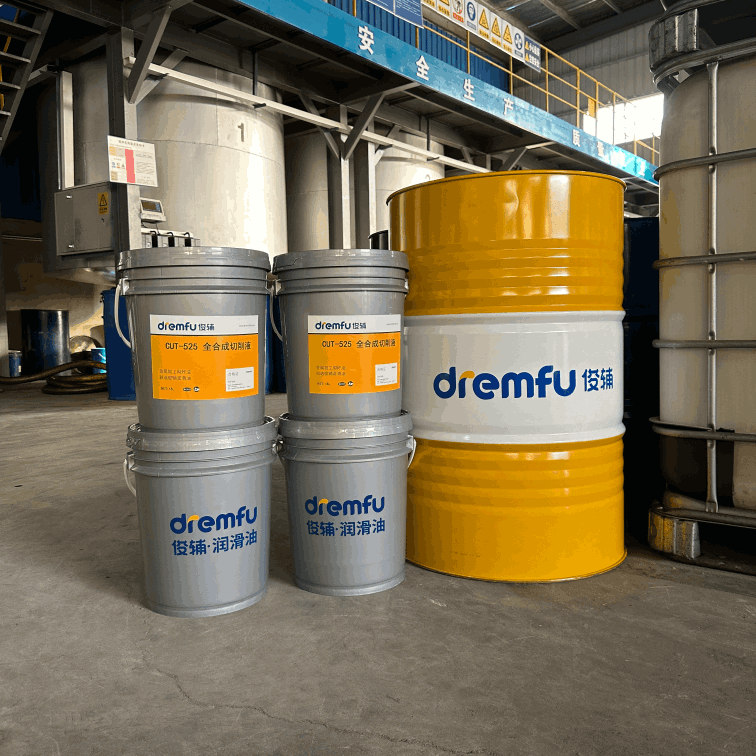
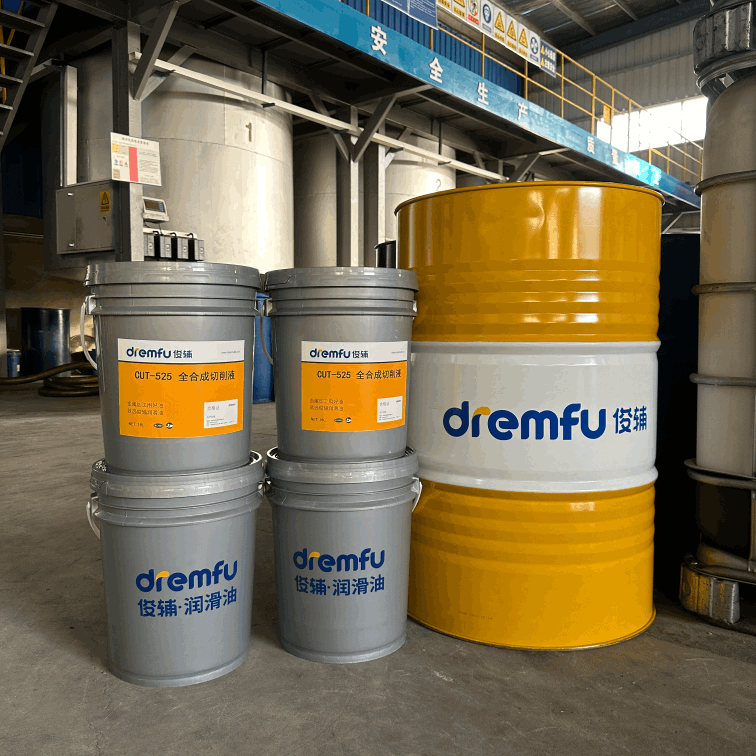
【Product Performance 】
CUT-525 Fully Synthetic Cutting Fluid for Black Metal, jointly developed by several professional doctoral students, is specially designed for processing black metal, cast iron, carbon steel, 45# steel, stainless steel, and other materials. Formulated with high-quality imported additives, it offers superior lubrication and rust resistance. Its lubricating properties far surpass those of oil-based Cutting Fluids in the same category, revolutionizing your understanding of synthetic lubricants and oil-based products. It significantly prolongs the lifespan of cutting tools, eliminates the need for workpiece cleaning, facilitates easy disposal, minimizes odors, produces low foam, and is environmentally friendly and skin-friendly, thus greatly reducing labor costs for you. What are you waiting for? This product is your excellent choice for black metal processing!
【product parameters】
Testing Items | Parameters |
appearance of the base oil | Golden yellow and transparent |
density | 1.05-1.09g·cm³(20°) |
concentration | 30±1 |
PH value | 9±0.5 |
appearance of the diluted solution | pale yellow, transparent |
【usage method】
1. Before using this product, clean the oil tank or oil sump thoroughly. It is strictly prohibited to mix with other oils. Stir well before use.
2. Dilution ratio: Concentrate to water = 1: (1:10).
3. The concentration of the working fluid should not be lower than 5. Adjust the concentration of the working fluid appropriately according to different processing techniques, materials, and rust prevention requirements.
Note: For rust prevention, after 3 days, water can be added at a ratio of 10 times; after 7 days, water can be added at a ratio of 5 to 7 times; after 10 to 15 days, water can be added at a ratio of 5 to 3 times.
【packaging specifications】
18L per plastic drum, 200L per large iron drum
【Precautions】
1. Due to different production batches, there may be color variations in the Cutting Fluid, which does not affect normal use.
2. This product should be stored in a dry, cool, and ventilated warehouse, and exposure to sunlight and rain should be avoided during storage and transportation.
![]() Fully Synthetic Cutting Fluid for Black Metal.pdf
Fully Synthetic Cutting Fluid for Black Metal.pdf
【Applications】
Dremfu Full Synthetic Cutting Fluid is ideal for a wide range of applications:
Precision CNC machining
Automotive parts manufacturing
Aerospace component production
Mold and die making
General metal cutting and forming
By providing excellent cooling and lubrication,it reduces the risk of surface damage and ensures superior finishing quality on all types of metals.
FAQ
Q1:What is the difference between full synthetic and semi-synthetic cutting fluids?
A:Full synthetic fluids contain no mineral oil,offering better heat resistance,longer tool life,and cleaner operation compared to semi-synthetic alternatives.
Q2:Can this cutting fluid be used for stainless steel?
A:Yes,it performs exceptionally well on stainless steel,aluminum alloys,and other hard-to-machine metals.
Q3:How should I mix full synthetic cutting fluid for optimal performance?
A:The recommended concentration is 5-10%,depending on the material and machining speed.Always follow the manufacturer’s instructions for best results.
Q4:Is this cutting fluid safe for the environment and operators?
A:Yes,it is non-toxic,odorless,and free from chlorine or harmful additives,making it safe for use in industrial environments.
Q5:Which machines are compatible with this fluid?
A:It can be used in CNC lathes,milling machines,drilling machines,and other metalworking equipment that require high-performance lubricants.
Discover how Dremfu Full Synthetic Cutting Fluid can improve your machining performance.Contact our technical team today for custom formulations,application guidance,and bulk orders.Explore all Cutting Fluids to find the right solution for your metalworking needs.